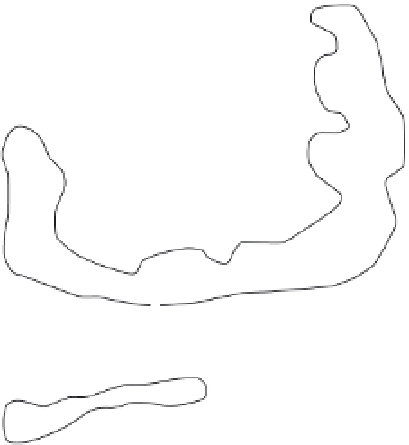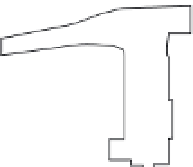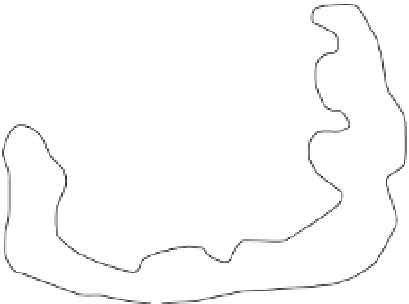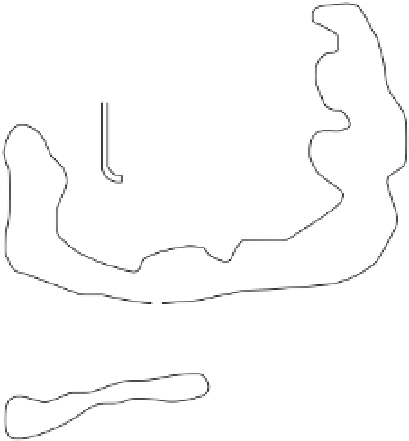Agriculture Reference
In-Depth Information
Pre-treatment
2 years post-treatment
Natural area
Driveway
House
5 m
Natural area
90 days post-treatment
3 years post-treatment
1 year post-treatment
Fig. 11.2.
Locations and observed foraging areas of colonies around a house in Raleigh, North Carolina,
before treatment with fi pronil and at four time points after treatment. Small open circles represent
in-ground monitoring stations. The two colonies infesting the structure are shown in black. Grey shapes
denote other colonies found on the property. Arrows indicate colonies that were present before treatment
which were found again at the later time points. All colonies on this property were
R. fl avipes
. Figure after
Vargo and Parman (2012).
invicta
. This species is native to the Pantanal
region of South America and was introduced
into the southern USA in the 1920s, where
it spread from its point of introduction in
Mobile, Alabama throughout the southern
and central parts of the country. More
recently, it has become established in
California and parts of Australia and Asia,
including Taiwan and China. Using a
combination of mitochondrial sequence










































































































































































































































Search WWH ::

Custom Search